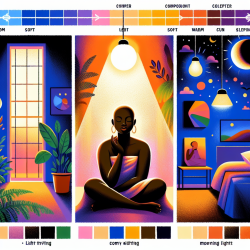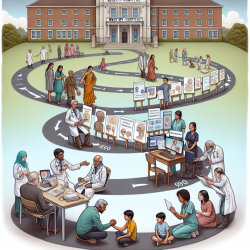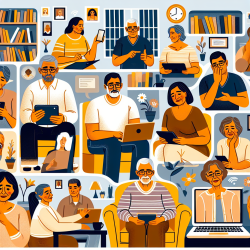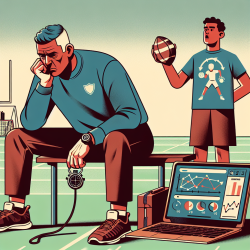The power of light extends far beyond illuminating our surroundings. Recent advancements in human-centric lighting research have unveiled its profound impact on our physiology and behavior. The discovery of intrinsically photosensitive retinal ganglion cells (ipRGCs) and their photopigment melanopsin has revolutionized our understanding of how light influences sleep-wake rhythms, hormone production, mood, and cognition.
The Science Behind Human-Centric Lighting
Historically, rods and cones were considered the primary photoreceptors in the human eye. However, the discovery of ipRGCs has introduced a new dimension to our understanding of light's influence on health. These cells uniquely encode the intensity of illumination, playing a crucial role in regulating circadian rhythms and other non-visual effects.
Practical Implications for Practitioners
For practitioners working with students in educational settings, implementing human-centric lighting can offer numerous benefits:
- Enhanced Learning Environment: Proper lighting can improve alertness and concentration, creating an optimal learning environment.
- Improved Sleep Patterns: By aligning lighting with natural circadian rhythms, students can experience better sleep quality and overall wellbeing.
- Mood Regulation: Exposure to appropriate lighting can positively influence mood and reduce symptoms of anxiety and depression.
Strategies for Implementation
To effectively incorporate human-centric lighting into educational settings, consider the following strategies:
- Assess Current Lighting Conditions: Evaluate existing lighting systems to identify areas for improvement.
- Implement Adaptive Lighting Solutions: Use adjustable lighting systems that mimic natural daylight patterns.
- Educate Staff and Students: Raise awareness about the benefits of human-centric lighting and its impact on health.
- Collaborate with Experts: Work with lighting specialists to design customized solutions tailored to specific needs.
The Road Ahead: Encouraging Further Research
The field of human-centric lighting is still evolving, with many knowledge gaps yet to be addressed. Practitioners are encouraged to stay informed about ongoing research and contribute to this growing body of knowledge. By participating in studies or collaborating with researchers, practitioners can help refine our understanding of how light influences health and wellbeing.
Human-Centric Lighting Research and Policy in the Melanopsin Age
The journey towards optimizing human-centric lighting is ongoing. By embracing these insights and integrating them into practice, practitioners can play a pivotal role in enhancing the health and wellbeing of those they serve.










